Pearls have been woven into legend and lore throughout history. Ancient Chinese people thought pearls were taken from the brains of dragons, the Greeks believed pearls were hardened tears of Aphrodite, the goddess of love. Cleopatra used a pearl earring to capture the love of Marc Antony, and lure him away from the Roman Empire. She told him she could consume the wealth of a nation in one meal, and then crushed her earring and drank it mixed with wine. Other legends tell of oysters swallowing dewdrops as the moon led them deep into the ocean.
Natural pearls are very rare, accounting for only about 1% of pearl jewelry. They are found in the Japan, South Pacific Islands, and the Persian Gulf. To find a quality natural pearl many oysters must be opened and tossed away. Thankfully today, most pearl are cultured, meaning they are harvested on oyster farms.


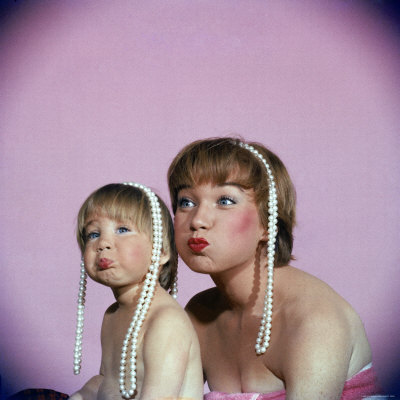
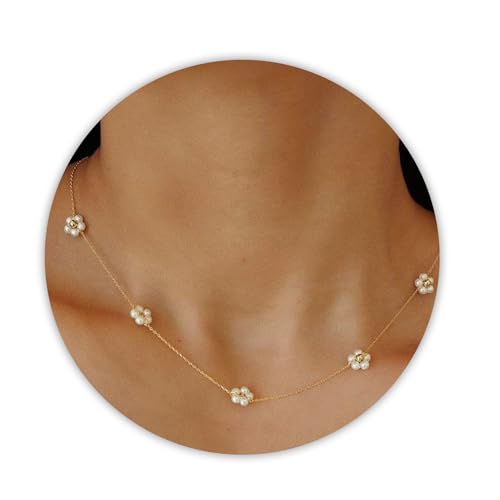

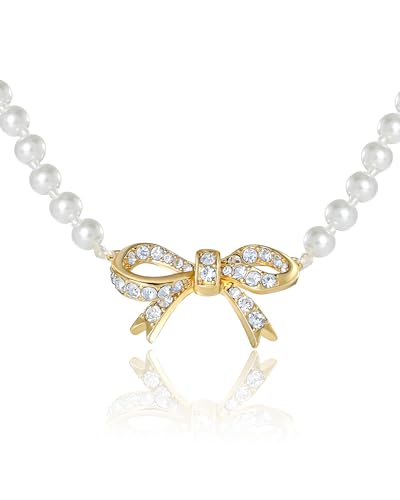
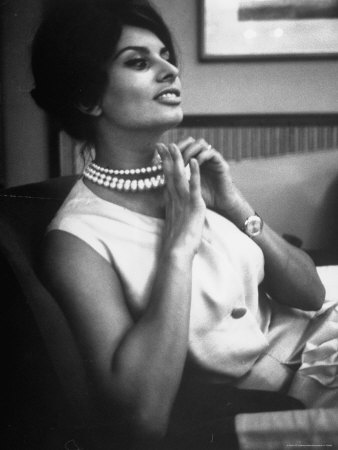



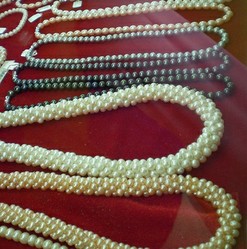

 Favorite Patchwork Quilt Pattern Bookson 10/10/2014
Favorite Patchwork Quilt Pattern Bookson 10/10/2014
 Cocktails | Soda | Coffee - Drinks To Honor National Candy Corn Day – October 30on 10/09/2014
Cocktails | Soda | Coffee - Drinks To Honor National Candy Corn Day – October 30on 10/09/2014
 Quilt Racks | Hangers | Clampson 10/07/2014
Quilt Racks | Hangers | Clampson 10/07/2014
 What To Look For In A Quilt Machineon 10/05/2014
What To Look For In A Quilt Machineon 10/05/2014


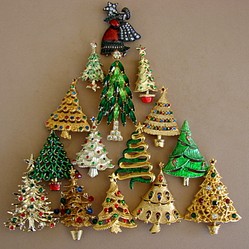
Do You Have A Favorite Piece Of Pearl Jewelry?
Or just wear them at home, while you are typing, wearing your pyjamas. Is is really shameful to admit that I've done that before?
I love them too Telesto. I have one strand but rarely wear them now that I'm working at home. Maybe I need to get out more.
I love pearls! None of mine are the most expensive but I think they look really classy and give a glow to the face. Thank you.